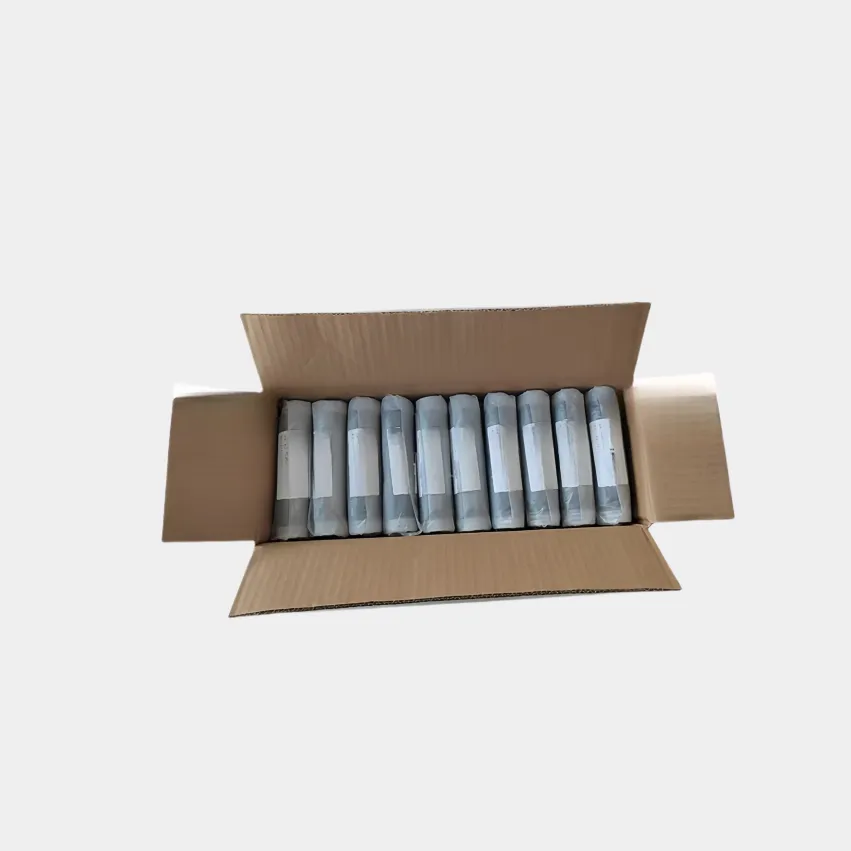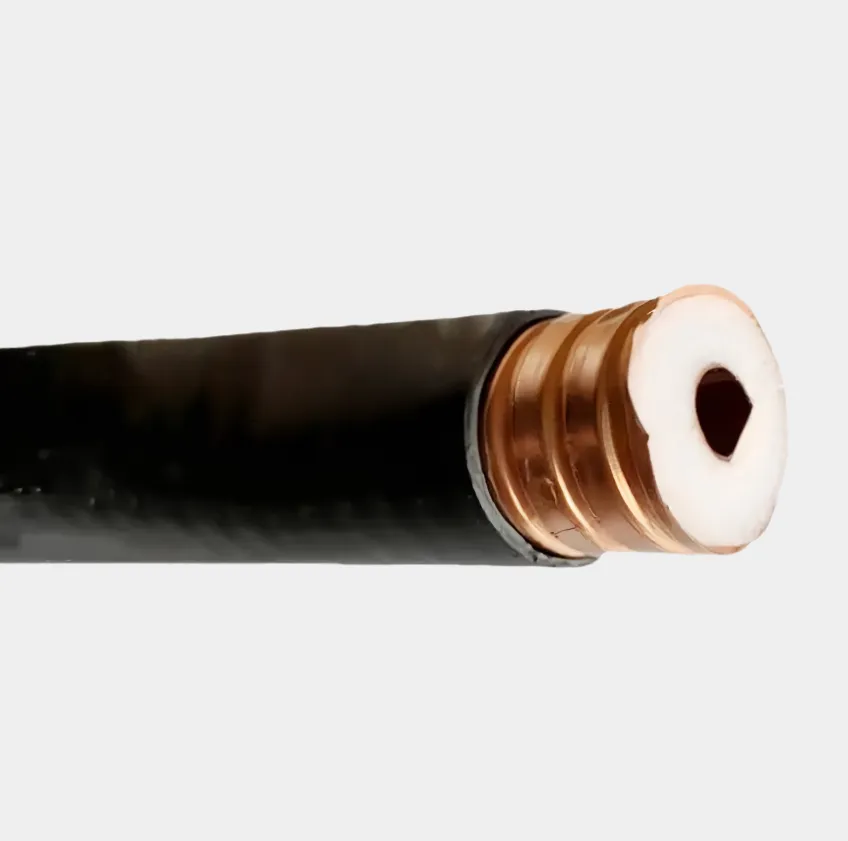Purchasing coaxial cables requires careful consideration of specific needs to ensure optimal performance in communication systems. Start by defining the application: 5G base stations demand cables with low signal loss at high frequencies (e.g., 30 GHz), making 7/8 inch or 3/4 inch variants like Hebei Mailing’s KC97 suitable, while shorter indoor connections (e.g., in routers) may suffice with 1/2 inch cables. Next, check impedance compatibility—50 ohm cables are standard for data and wireless communication, while 75 ohm cables are used in video and cable TV systems; mismatched impedance causes signal reflection and loss. Evaluate shielding effectiveness: cables with multiple layers (braided + foil) offer better protection against EMI/RFI, critical in industrial or urban environments with high electromagnetic interference. Assess conductor and insulation materials: solid copper conductors provide superior conductivity compared to copper clad aluminum, while foam dielectric insulation reduces signal loss at high frequencies. Consider environmental factors: outdoor cables need UV resistant and waterproof outer sheaths (like PVC, as seen in Hebei Mailing’s products), while indoor cables may prioritize flexibility. Verify certifications—look for compliance with industry standards (e.g., ISO 9001, as held by Hebei Mailing) to ensure quality. Additionally, factor in length requirements to avoid unnecessary signal attenuation from excessively long cables. Finally, choose a reputable supplier with a track record (Hebei Mailing has over 13 years of experience) that offers after sales support, ensuring assistance with installation and troubleshooting.


